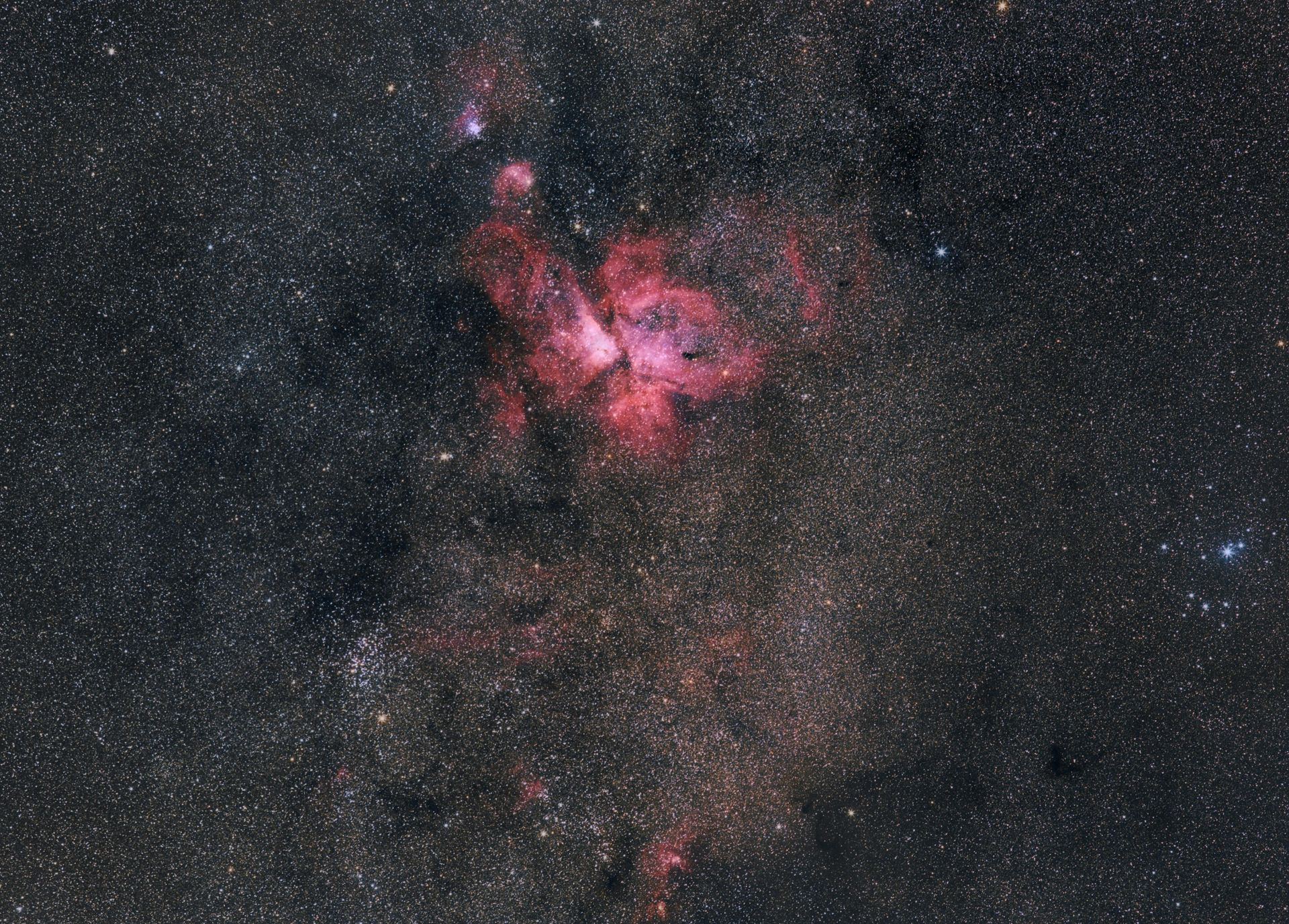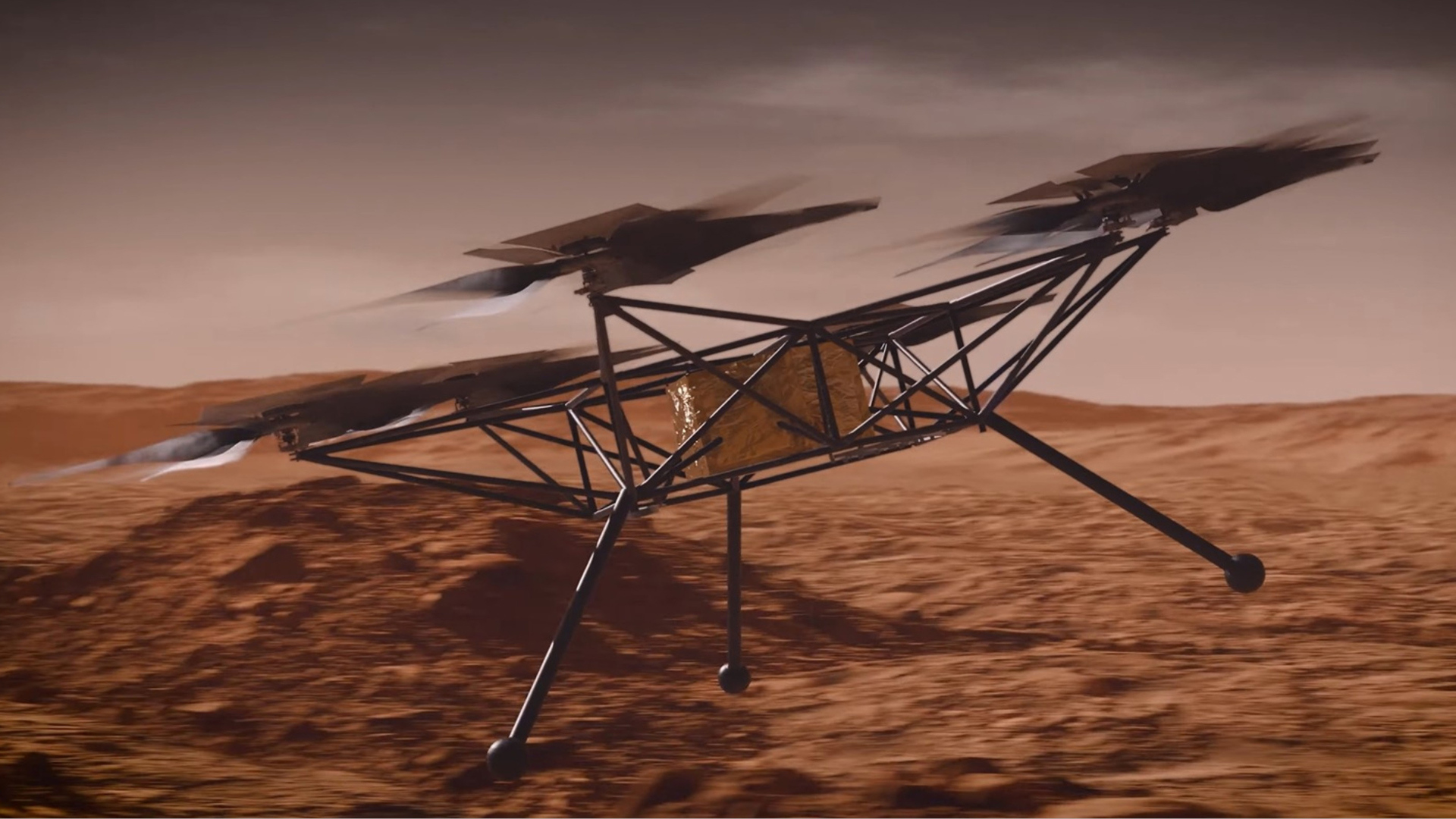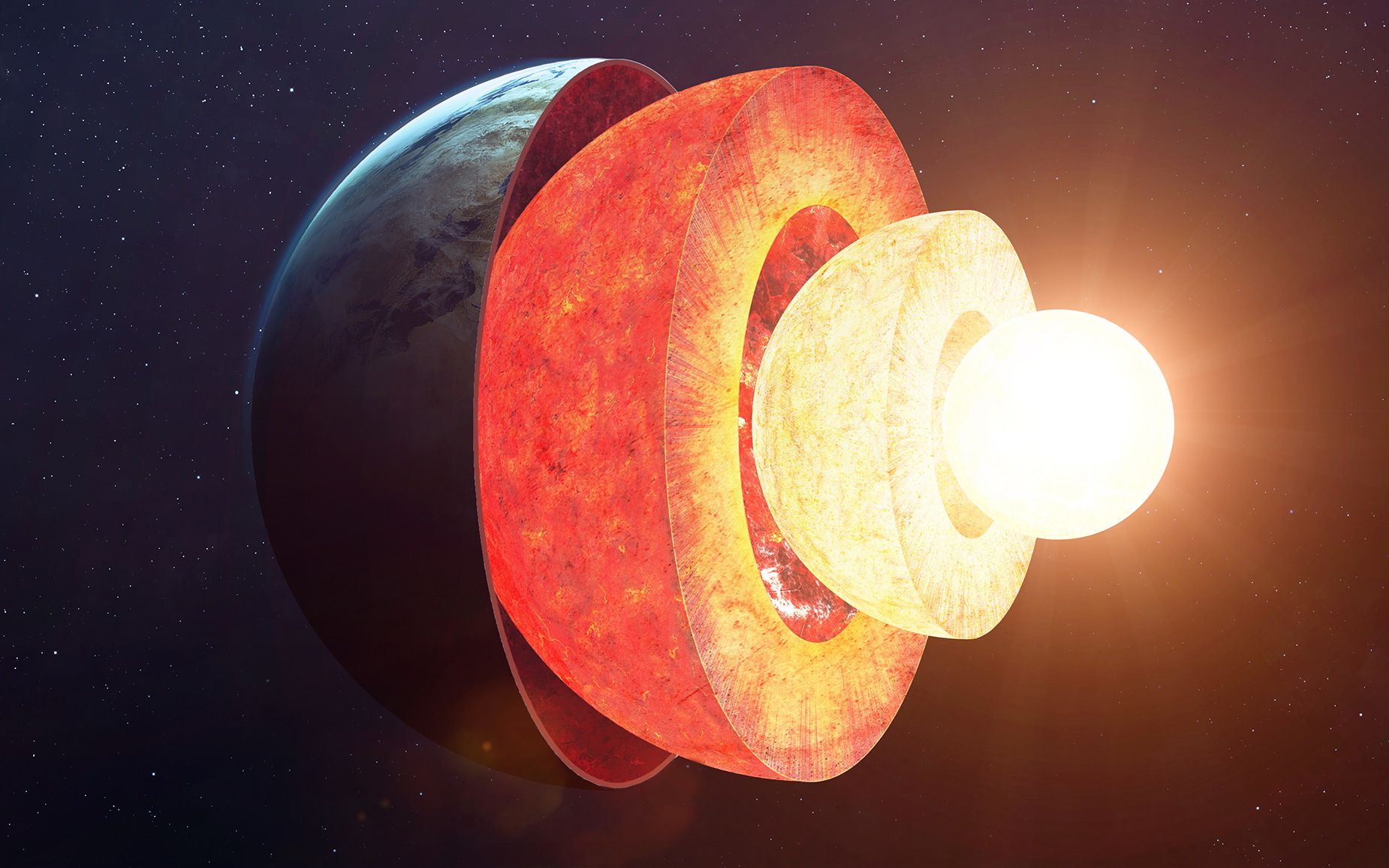Interstellar Matter from Alpha Centauri in the Solar System
The discovery of interstellar objects like ‘Oumuamua and Comet Borisov, which passed through our Solar System in 2017 and 2018, gave scientists the first evidence that matter can travel across the Milky Way and potentially enter our Solar System. However, these objects didn’t allow for detailed study. Now, a new study provides more insight into how material from Alpha Centauri, our nearest star system, has already entered our Solar System—and how much more is likely on its way.
Alpha Centauri’s Contribution to the Solar System
Alpha Centauri, a stellar system moving towards our Solar System at a speed of approximately 79,000 km/h, is set to come closest to the Sun in about 28,000 years, when it will be around 20,000 astronomical units (AU) away. While the system’s stars have likely not released large amounts of material, their gravitational influence, combined with the presence of multiple planets and asteroids, increases the likelihood of interstellar dust and objects making their way to us.
Researchers at the University of Western Ontario estimate that Alpha Centauri has already delivered around a million interstellar particles to the Solar System. These particles, ranging from 10 microns to several tens of meters in diameter, are dispersed throughout the Oort Cloud, a vast area of icy bodies located far beyond Neptune.
The Challenge of Identifying These Particles
Though scientists suspect that these interstellar particles are already present, identifying them is extremely difficult. Many are located in the farthest reaches of the Solar System, making detection with current telescopes nearly impossible. The probability of detecting one of these particles within 10 AU of the Sun is less than one in a million. Despite this, some particles may have already entered Earth’s atmosphere as meteoroids, contributing to meteor showers.
Over the next 28,000 years, the number of these interstellar particles in the Solar System will increase. This ongoing exchange of material between star systems challenges the notion that the Solar System is an isolated entity. In fact, the study highlights that material from other stars regularly finds its way into our cosmic neighborhood.
Preparing for Future Encounters
To fully understand the nature of these interstellar objects, scientists propose sending research probes to intercept these particles before they pass too far out of reach. A future mission to study Alpha Centauri’s interstellar material could provide valuable insights into the composition of distant star systems and enhance our understanding of how matter moves throughout the galaxy.
As our Solar System continues to interact with its galactic neighbors, these findings open the door to exciting possibilities for future interstellar exploration.






